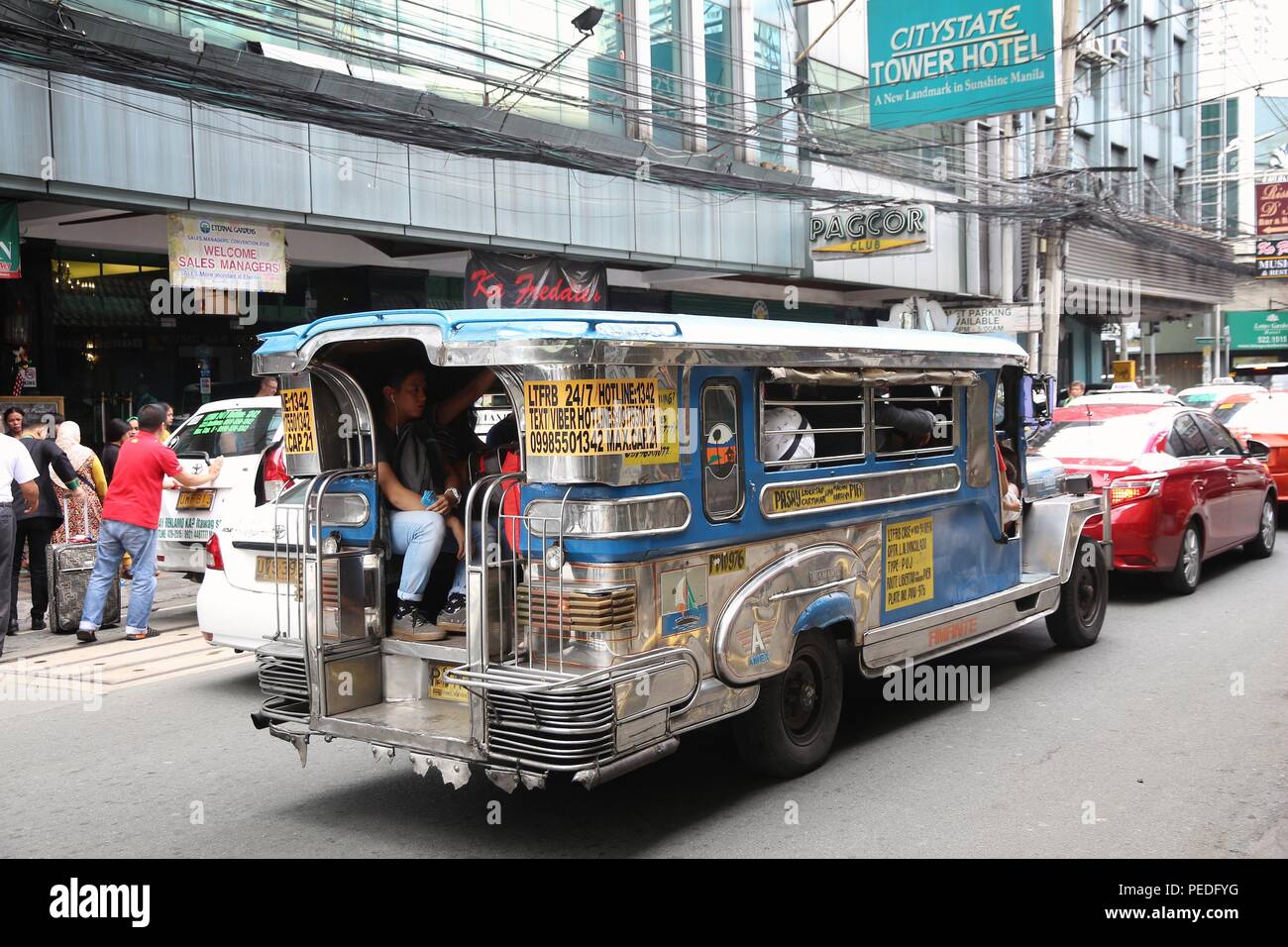Optimize Exposure with Transit Advertising Philippines
Wiki Article
A Comprehensive Examination of the Approaches and Strategies for Successful Transportation Advertising And Marketing Campaigns
Transportation marketing campaign provide a special chance for brands to involve with varied target markets in dynamic environments. To accomplish success, it is important to recognize the subtleties of target demographics, execute cutting-edge layout methods, and choose optimal placement locations. Furthermore, the effectiveness of these projects can be dramatically improved by carefully keeping track of efficiency metrics and adjusting methods accordingly. As we check out these crucial components, it ends up being clear that the path to an impactful transit advertising technique is both detailed and rewarding, increasing the inquiry of how finest to navigate these complexities for optimal brand name presence.Recognizing Target Demographics
Comprehending target demographics is important for the success of transit marketing campaign (Transit Advertising Philippines). Determining specific audience sectors makes it possible for marketers to customize their messages efficiently, ensuring that the material reverberates with the desired customers. This method enhances involvement and makes best use of roiTo efficiently evaluate target demographics, marketers must think about a number of crucial variables, consisting of age, earnings way of living, degree, and line of work preferences. For example, a campaign focused on young professionals may concentrate on convenience and modernity, while one targeting family members might highlight security and dependability. Moreover, geographical factors such as rural versus city settings can dramatically influence consumer habits and choices.
Information collection methods such as surveys, emphasis groups, and social media sites analytics give valuable understandings into demographic fads and customer routines. By leveraging this info, advertisers can craft engaging narratives that straighten with the worths and needs of their target audience.
Eventually, recognizing target demographics not just educates the strategic direction of transit marketing campaigns however also ensures that sources are alloted successfully. This targeted strategy boosts the probability of attaining campaign purposes, fostering brand loyalty, and driving conversions.
Imaginative Layout Strategies
Reliable communication with target demographics depends heavily on cutting-edge creative layout methods en route advertising campaigns. To properly capture focus in a crowded aesthetic environment, developers have to prioritize quality and visual influence. Making use of vibrant colors and high-contrast elements can enhance visibility, guaranteeing that messages are quickly readable from a range.Including vibrant imagery that resonates with the target market is vital. Aesthetic storytelling methods can evoke emotions and produce remarkable organizations with the brand name. Additionally, critical usage of typography helps communicate necessary info quickly; readable font styles and appropriate sizes further improve readability.
Integrating interactive elements, such as QR codes or increased truth features, can involve commuters beyond easy monitoring (Transit Advertising Philippines). These methods not just promote individual interaction but also bridge the gap between traditional advertising and marketing and electronic involvement
Furthermore, making use of space creatively-- whether on bus covers, transit sanctuaries, or train ads-- can lead to cutting-edge layouts that break the mold and mildew of traditional advertising and marketing. By welcoming imaginative creativity while preserving brand name uniformity, campaigns can foster a strong link with their audience, inevitably driving both recognition and activity. The integration of these design techniques is vital for attaining effective transportation marketing end results.
Strategic Placement Techniques
Optimizing the impact of transit advertising depends upon tactical positioning methods that guarantee optimum presence and involvement. Efficient placement entails examining high-traffic areas and comprehending traveler demographics to identify the most useful areas for advertisement display screens. For example, positioning ads near entryways and exits of transportation lorries can record the attention of boarding and touching down travelers, thus improving direct exposure.Additionally, utilizing both exterior and interior surfaces of transportation lorries can significantly broaden reach. Outside ads, noticeable throughout commutes, engage pedestrians pop over to this web-site and other vehicle drivers, while indoor advertisements target travelers in a captive environment. In addition, placing advertisements in transit centers, such as bus terminals or train terminals, permits boosted impacts as commuters change in between different settings of transport.
Timing is also Transit Advertising Philippines essential; straightening the project launch with peak travel periods maximizes target market engagement - Transit Advertising Philippines. Additionally, leveraging digital displays in transit environments can facilitate dynamic web content, giving real-time updates and improving individual communication. By using these critical placement techniques, marketers can ensure that their transit marketing campaign accomplish optimal visibility, reverberate with the target audience, and ultimately drive preferred results

Measuring Campaign Effectiveness
To evaluate the success of transit ad campaign, it is vital to utilize a range of dimension methods that offer insights right into audience interaction and general efficiency. One main technique is the use of vital performance signs (KPIs), such as reach, impacts, and interaction prices, which measure the amount of people connected and viewed the ad with it.Surveys and focus teams can also be critical in evaluating customer understandings and recall, permitting marketers to recognize the influence of their messaging. Additionally, tracking site web traffic and social media sites interaction throughout and after the project read this article assists gauge straight actions to the advertising and marketing.
An additional effective strategy is using location-based analytics, which can offer data on foot traffic around certain transit places, using insights right into whether the project efficiently caught the attention of commuters. Moreover, examining sales information can reveal relationships between transportation advertising and marketing and raised earnings, giving substantial proof of a campaign's performance.
Study of Success
Recognizing the effectiveness of transportation marketing campaign via measurement techniques lays the groundwork for analyzing real-world examples that highlight effective end results. One noteworthy case study includes a nationwide drink brand name that used bus wraps in urban areas. The campaign intended to boost brand name exposure and sales throughout the summertime months. By employing geo-targeted digital advertisements and analytics, the brand measured a 30% rise in sales in regions where the wraps were plainly presented, demonstrating the straight impact of transportation marketing.One more compelling example comes from a local not-for-profit organization that introduced a project on train systems to advertise a community occasion. The organization integrated vibrant visuals with QR codes guiding commuters to a registration page. Post-campaign analysis exposed a 50% rise in occasion presence compared to the previous year. Using straight involvement with technology amplified the project's reach and performance.

Verdict
In summary, successful transportation advertising and marketing campaigns require a thorough strategy that incorporates an understanding of target demographics, ingenious style strategies, and strategic placement. Jointly, these methods foster brand existence and take full advantage of the return on investment in transportation advertising and marketing efforts.Comprehending target demographics is critical for the success of transit advertising projects.Reliable interaction with target demographics depends greatly on ingenious creative design techniques in transit marketing campaigns. By employing these calculated placement techniques, marketing experts can ensure that their transportation advertising and marketing campaigns achieve maximum presence, reverberate with the target audience, and ultimately drive desired end results.
Comprehending the performance of transit advertising campaigns with measurement techniques lays the foundation for analyzing real-world examples that show effective results.In summary, successful transit marketing campaigns necessitate a comprehensive strategy that integrates an understanding of target demographics, innovative layout techniques, and strategic positioning.
Report this wiki page